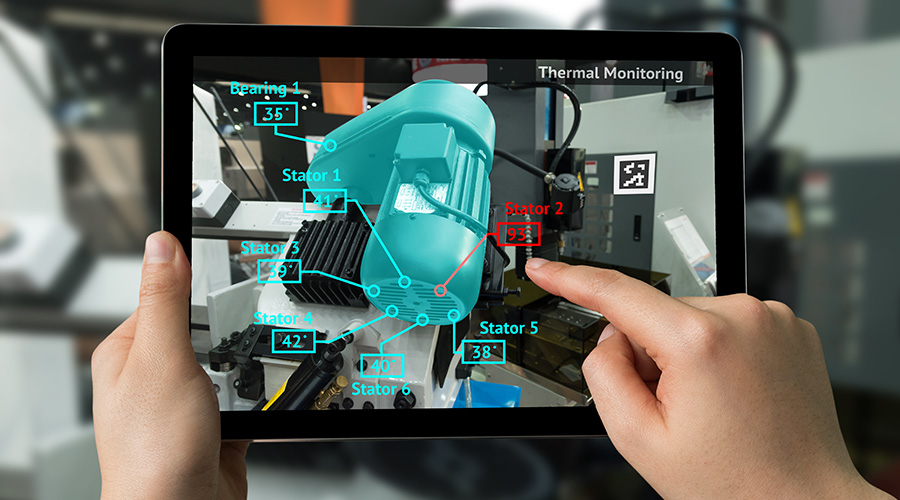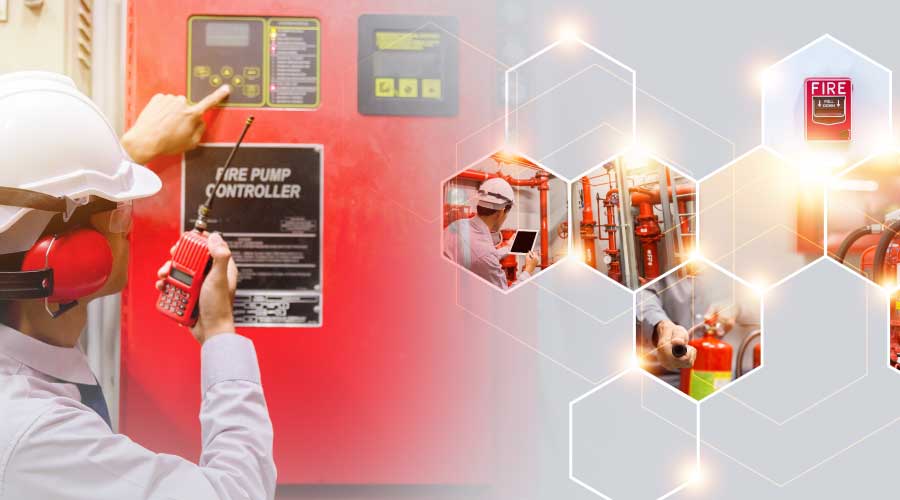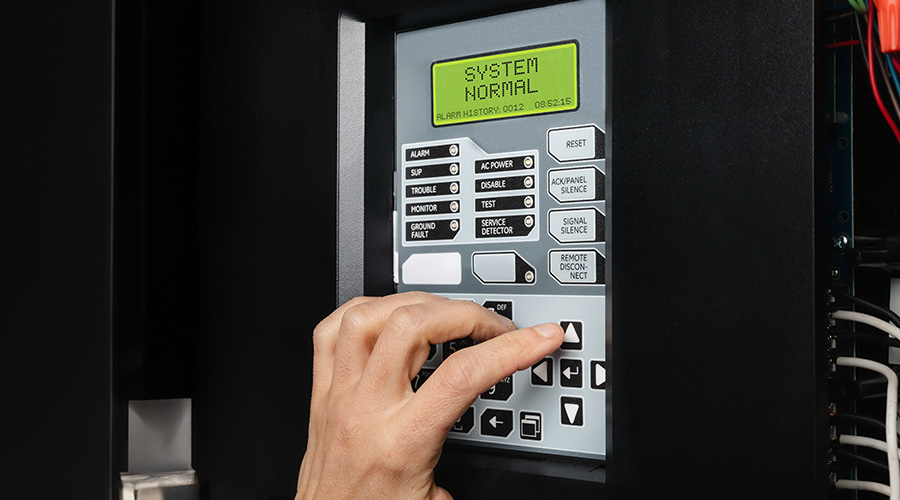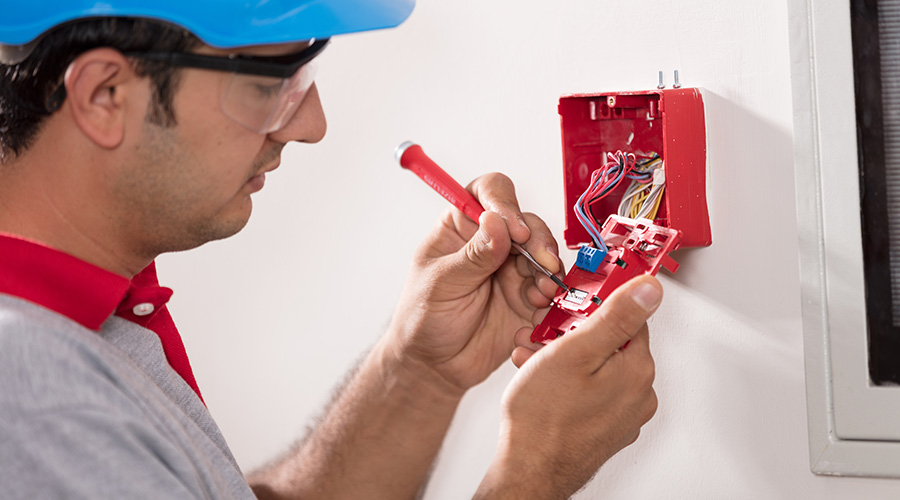When Planning Building Security, Don't Forget About Fire Protection
 |
Remember Fire Protection When Planning Security |
Security and fire protection have common goals in building design — protecting life and property. Although both have the same goals, the desire for increased building security has contributed to countless deadly building fires.
In 1911, one such fire occurred in New York at the Triangle Waist Factory, where locked doors to an exit stair contributed to 146 fatalities. Although the Triangle fire occurred 100 years ago, the threat can still exist today if security is not balanced with fire protection. For instance, locked doors on the inside of an exit stairwell contributed to six fatalities in Chicago's Cook County Administration Building in 2003. Another catastrophic fire occurred in a Buenos Aires nightclub in 2004 when padlocked exit doors contributed to the deaths of more than 190 concertgoers.
It is important for facility managers to understand the building and fire code requirements in place in regards to building security. Although avoiding the installation of padlocks on exit doors seems to be one of the most fundamental rules of life safety, locked exit doors still exist. At the same time, other security measures such as exit control devices and the locking of doors inside an exit stair have more complicated life safety implications. When designing a security system for a building, it is possible to protect life and property from fire while also ensuring a secured building. It's up to facility managers to coordinate the design of security systems with a fire protection engineer so that the security and life safety considerations do not conflict with each other.
 |
Make Sure the Fire Protection Systems Work |
Inspecting, testing and maintaining fire protection systems is essential to ensuring these life safety systems respond properly during a building fire. An inspection, testing and maintenance program needs to be part of any facility's fire protection program.
There are numerous types of active and passive fire protection systems. Active fire protection requires some kind of "action" or a "response" to a fire for it to provide protection. Examples of active fire protection systems include: fire sprinkler systems; special hazard fire protection systems; smoke management systems; fire alarm and emergency communication systems; and explosion protection systems. Passive systems do not need any type of action to protect people and property from smoke or fire. Passive fire protection systems include: structural fire protection; fire barriers (e.g., fire-rated walls, floors and ceilings); opening protection (e.g., fire doors and windows); and firestopping materials.
Each type of system has its own set of inspection, testing and maintenance requirements, which makes a comprehensive program critical. This program should include type of system, proper procedures, procedure intervals, who performs the procedure and documentation to show that the procedure was performed properly.
Related Topics:
















